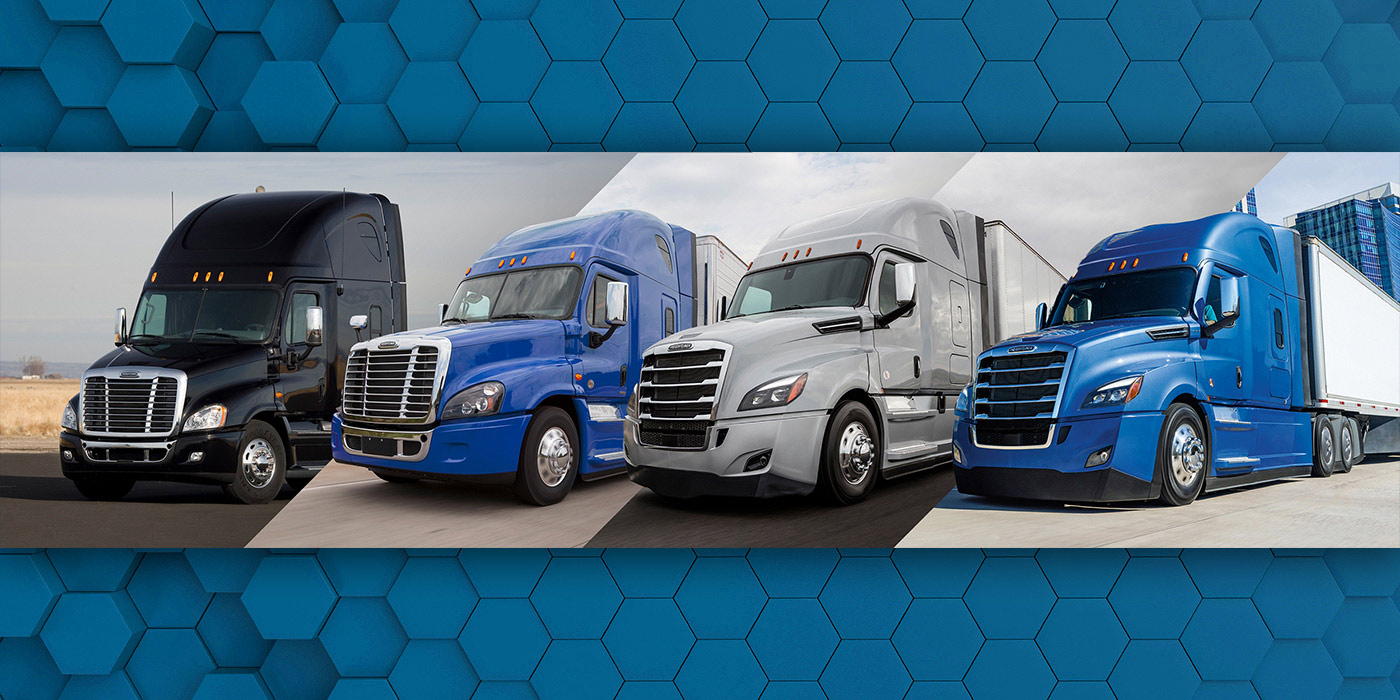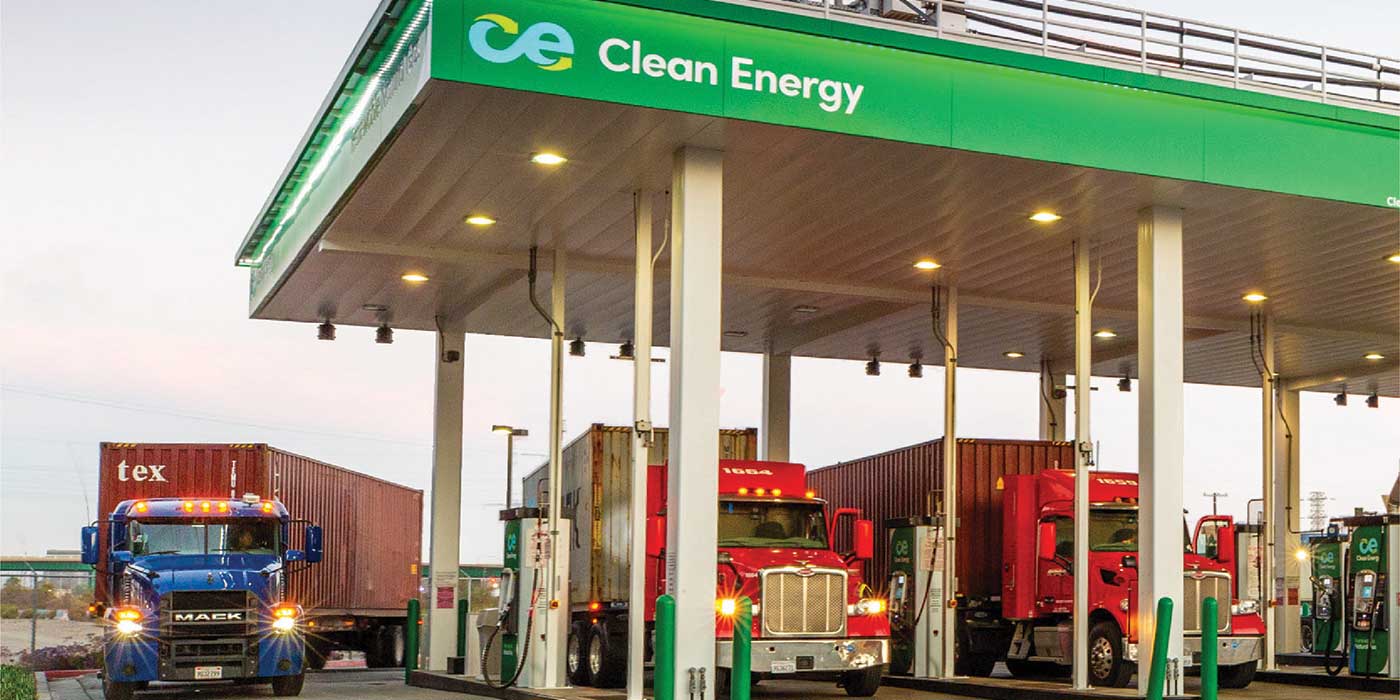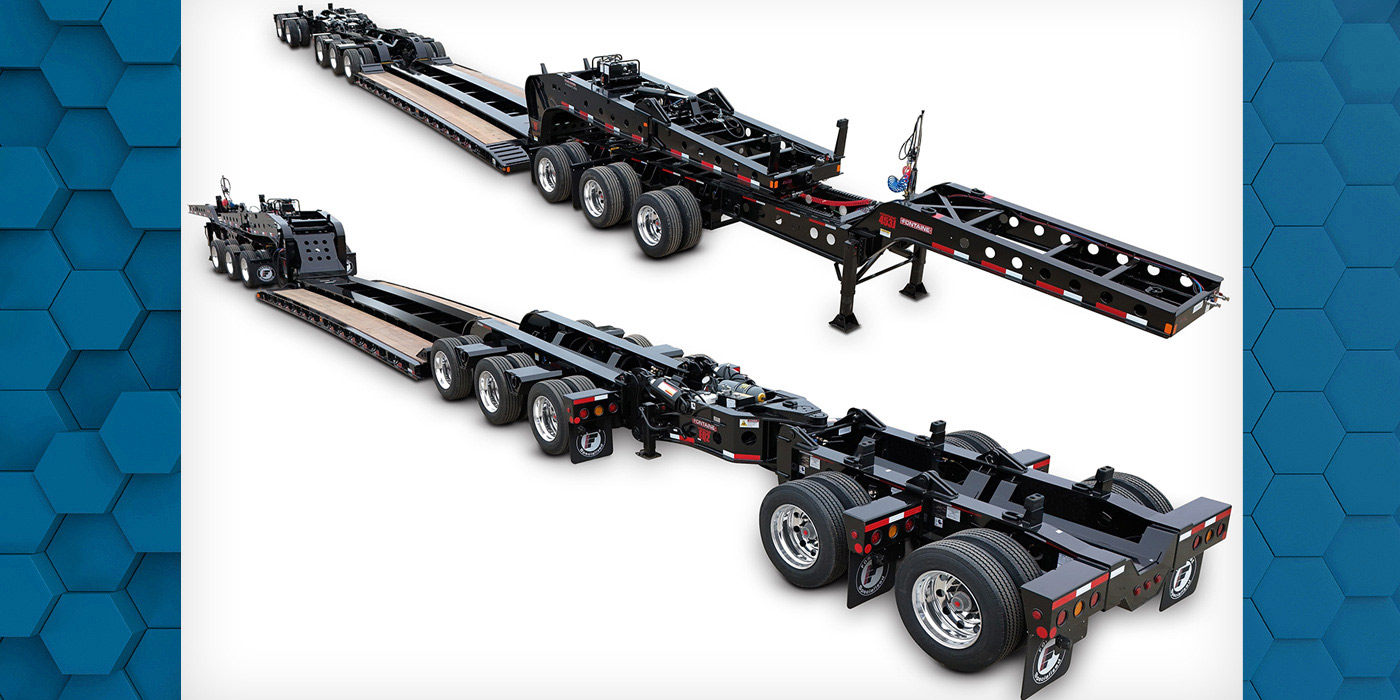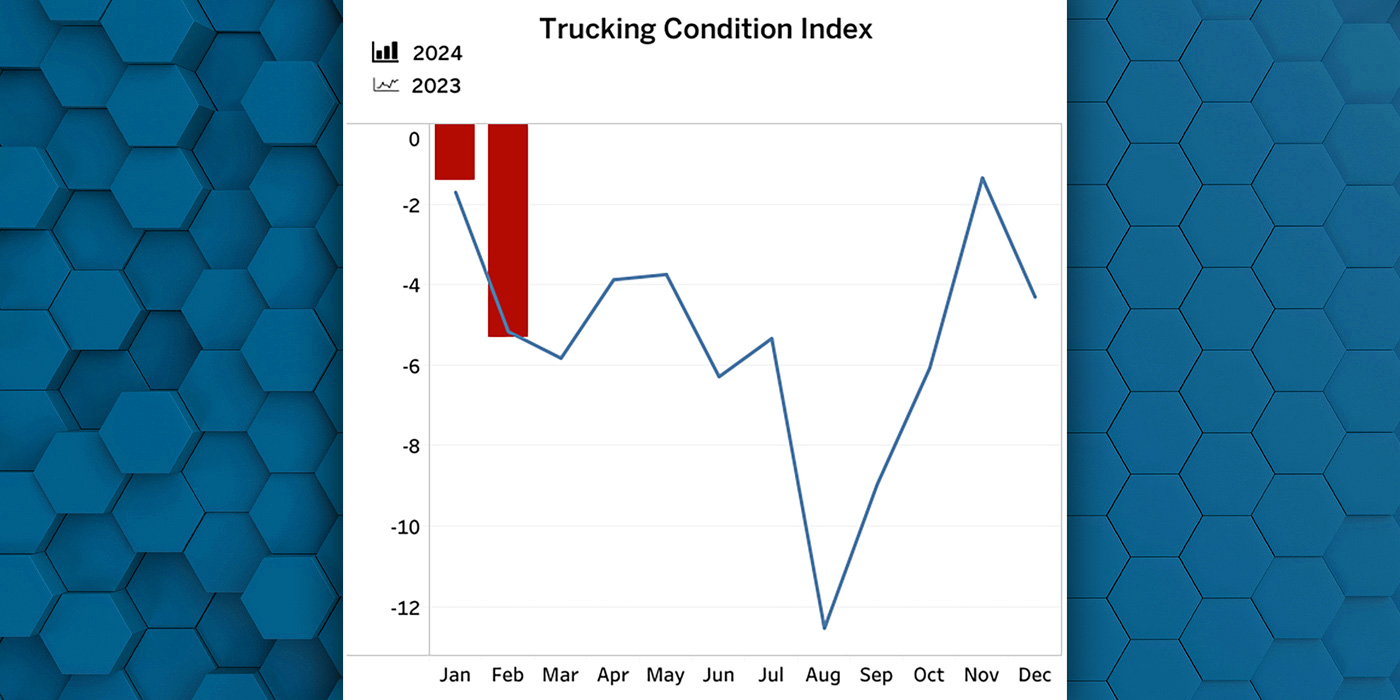Replacing wheel-end components on heavy-duty trucks may not be on the top of every fleet’s mind, but the Commercial Vehicle Safety Alliance (CVSA) warns truckers to make them a priority–and fast. The CVSA has announced that the theme of the 2022 International Roadcheck inspections will focus on wheel-ends and encourages truckers across North America to inspect and repair wheel systems prior to the 72-hour blitz that begins on May 17, 2022.
Here’s what the ultimate cost of not repairing wheel-end components, what inspectors will be looking for during this year’s International Roadcheck, and the truck parts to replace prior to the inspection.
Danger of not repairing wheel-ends
According to the CVSA, about one quarter of vehicle out-of-service violations during past Roadcheck Inspections were due to faulty wheel-end components with wheel separation being one of the most common causes of accidents. Wheel detachments can occur during tire replacements and rushed service maintenance. The most common cause for runaway wheels is the failure of fasteners like nuts and wheel studs but is also possible if hubs are too tight or loose.
What Roadcheck Inspectors want to see
During this year’s International Roadcheck, inspectors will pull over random commercial vehicles to conduct a CVSA North American Standard Level 1 inspection: a 37-step procedure that examines large trucks and motorhomes and reviews driver’s credentials.
Truckers are encouraged to be proactive and repair damaged wheel-end components prior to the three-day inspection. The CVSA has provided a checklist on their website of items they plan to evaluate on large vehicles. Here are some things they will check:
• Check for cracks or unseated locking rings, studs, or clamps.
• Check for bent, cracked or broken rims on the inside and outside wheel rims.
• Check for loose, broken, missing or damaged wheel fasteners and elongated stud holes.
• Check spoke wheels for cracks across spokes and in the web area or slippage in the clamp areas.
• Check the hub for lubricant leaks, missing caps or plugs.
• Check the inner wheel seal for leaks.
• Check the tire and valve stem for leaks.
• Check for proper inflation, cuts, and bulges on all tires, including the inside tire on a dual set.
• Check for regrooved tires on steering axle.
• Check tread wear and measure major tread groove depth.
• Inspect the sidewall for improper repairs, such as tire plugs.
• Check for exposed fabric or cord.
• Check for tire contact with any part of the vehicle.
• Check for markings on the tire that would exclude its use on a steering axle.
• Check for debris between the tires.
• Check for tires touching one another or any part of the vehicle.
Truck parts to repair, replace
Steps 15 and 18 of the 37-step inspection procedure focus on wheels, rims, and hubs. As such, it is recommended that truck owners and operators conduct their own inspection for these components. Truckers should not only look but listen and feel for the warning signs of failing wheel end parts.
Typical wheel end systems consist of a seal, tapered roller bearing, and hub cap. Additional components such as spindle nuts, wheel nuts, and spacers also serve important functions that help the wheel end system operate at peak performance.
Among these components, seals play one of the most important roles in the wheel end system. Seals are meant to keep grease in and dirt and other contaminants out. By doing so, bearings stay lubricated and protected from outside contaminants and reduce the risk of premature failure. If seals are installed backwards with lips not facing wet/oil sides, they could cause leaks.
Additionally, wheel bearings are usually one of the first components to need replacement in the wheel end system and are usually good for 85,000 to 100,000 miles. They consist of a cup, cage, rollers, and an inner race. The job of the wheel bearing is to offer operational consistency under heavy loads. Truckers should look at replacing bearings when they are performing maintenance work on their brake systems. Misaligned bearings can negatively affect the performance of tires and cause them to wobble.
Finally, hub caps keep lubricants in the wheel hub and offer sufficient lube to bearings. Some hub caps may feature sight glass, a center plug and/or side plug for support and protection. Since hub caps protect lug nuts and wheels from external elements such as corrosion, it is highly recommended to replace hub caps to avoid tire-related problems.
In addition to these parts, truckers will want to check on their tires for adequate tire pressure prior to long-haul trips. Tire PSI is determined by the type of vehicle application and maximum load capacity. Other factors to consider include whether truckers are driving steer or drive tires and tire size. Heavy-duty steer tires should be set at approximately 110 PSI whereas drive tire pressure can set at 85 PSI.
Are You Ready for International Roadcheck?
The CVSA is giving truckers fair warning to make the necessary repairs to their wheel end systems prior to May’s pass-fail inspections. We recommend that truckers take time over the next few weeks to study this year’s procedure checklist and repair their wheel end systems to avoid out-of-service violations that may prohibit drivers from operating their heavy-duty vehicles.
Click here to visit the JIT Truck Parts for more trucking insights.














